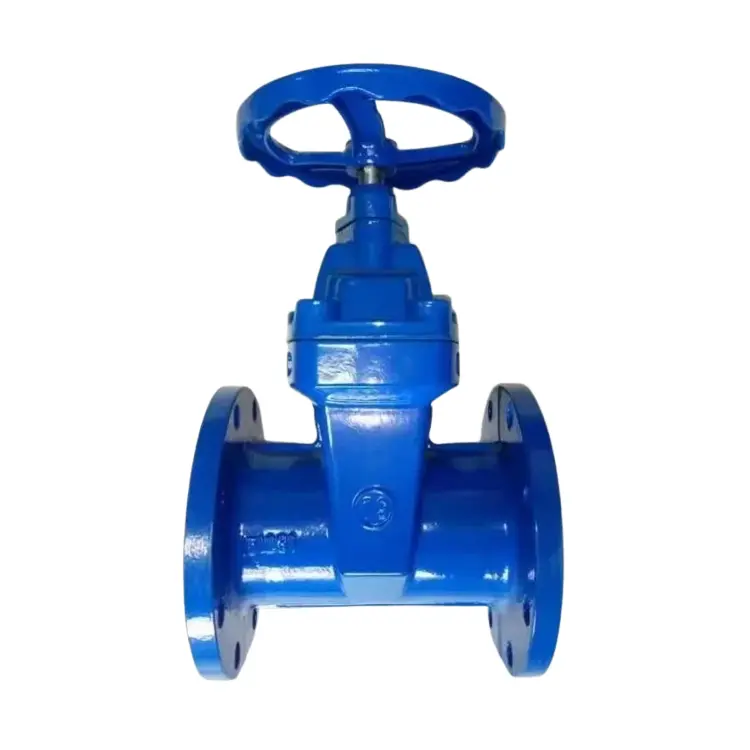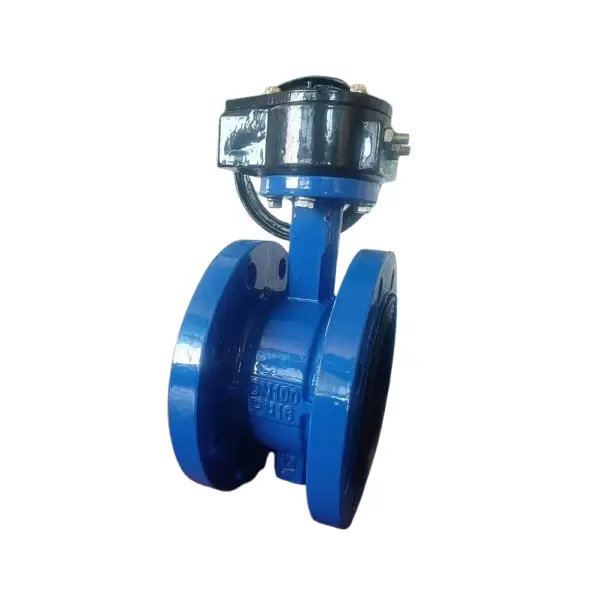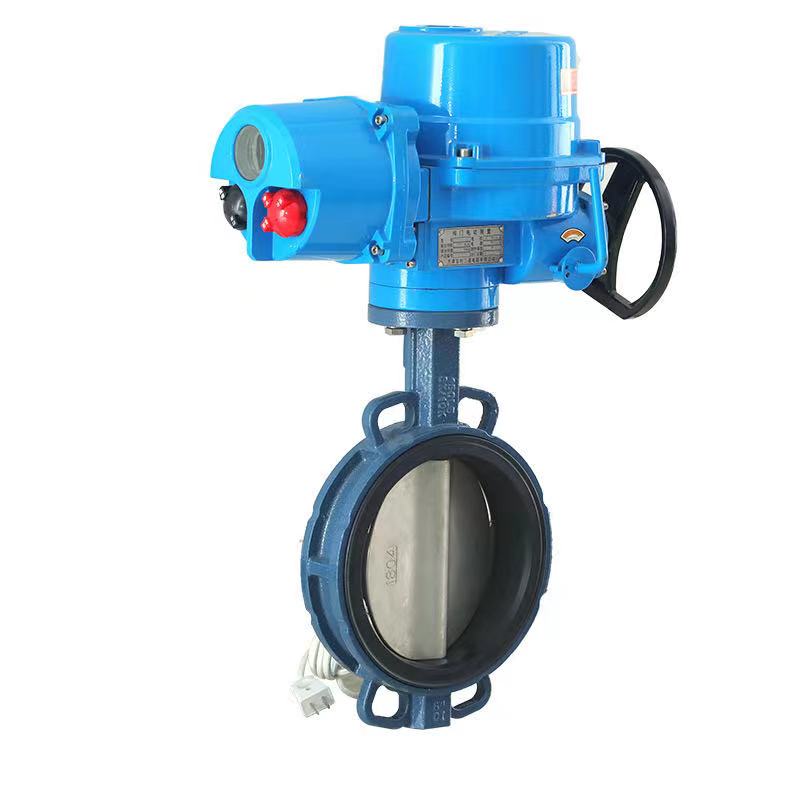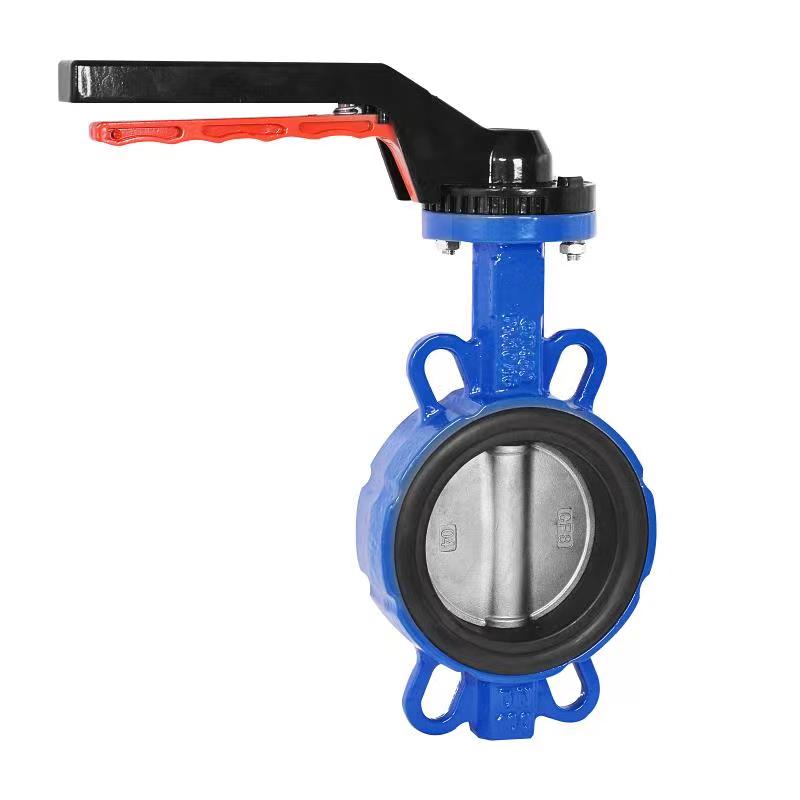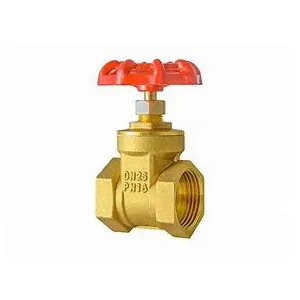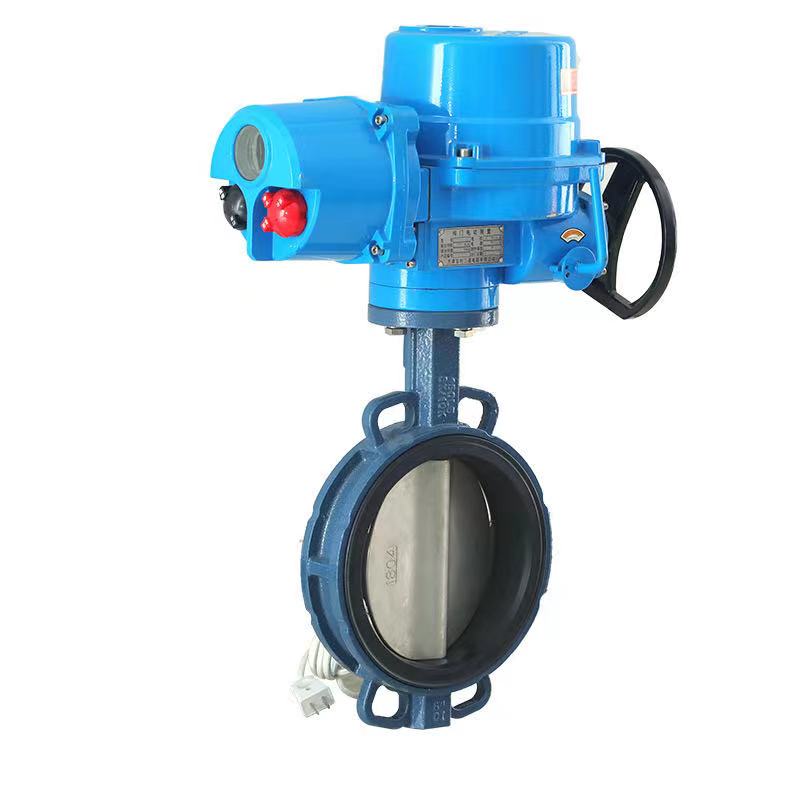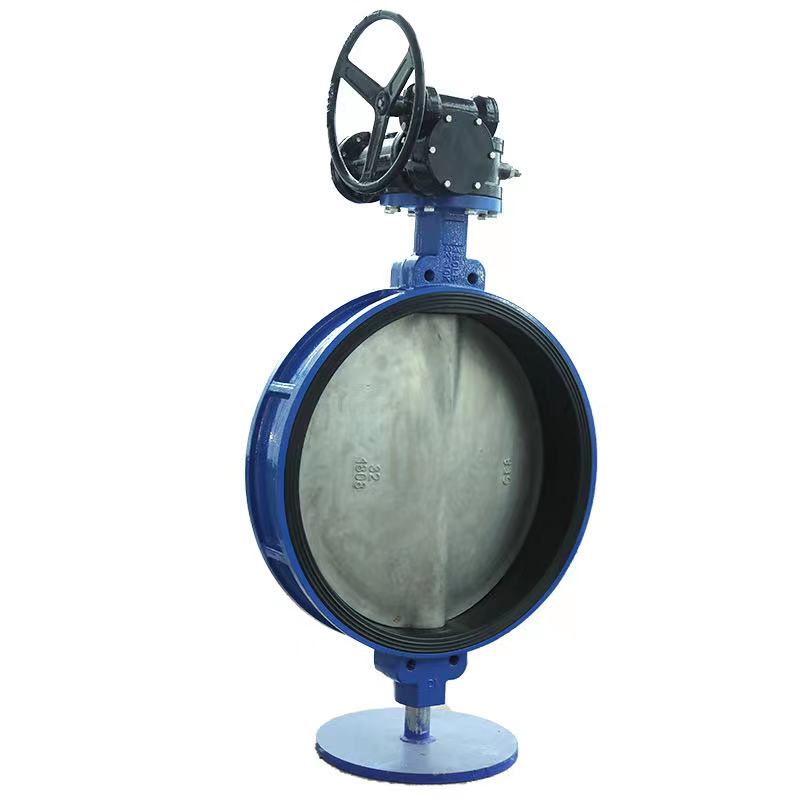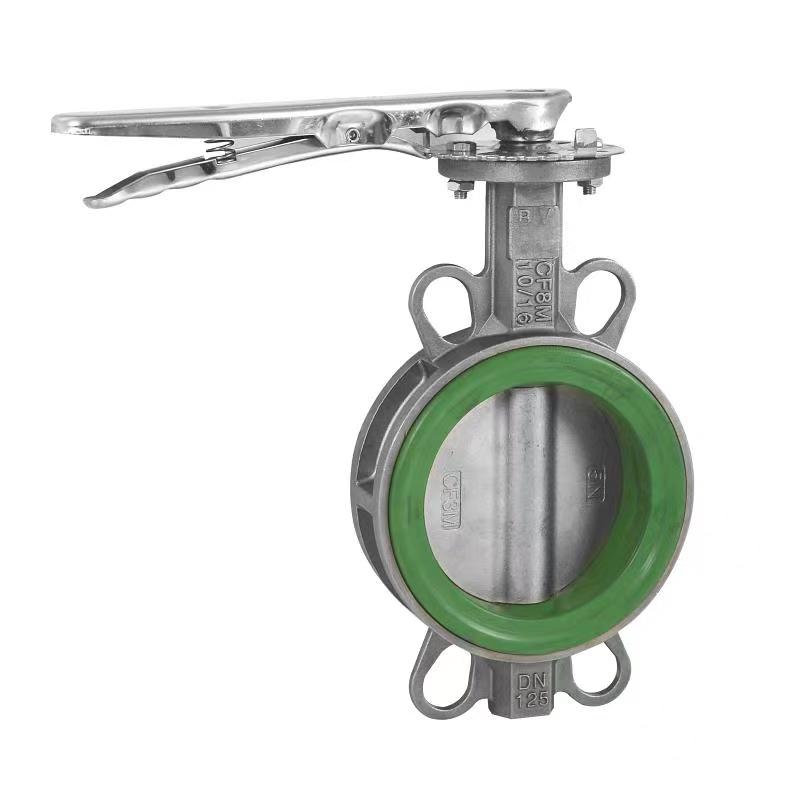- English
- Español
- Português
- русский
- Français
- 日本語
- Deutsch
- tiếng Việt
- Italiano
- Nederlands
- ภาษาไทย
- Polski
- 한국어
- Svenska
- magyar
- Malay
- বাংলা ভাষার
- Dansk
- Suomi
- हिन्दी
- Pilipino
- Türkçe
- Gaeilge
- العربية
- Indonesia
- Norsk
- تمل
- český
- ελληνικά
- український
- Javanese
- فارسی
- தமிழ்
- తెలుగు
- नेपाली
- Burmese
- български
- ລາວ
- Latine
- Қазақша
- Euskal
- Azərbaycan
- Slovenský jazyk
- Македонски
- Lietuvos
- Eesti Keel
- Română
- Slovenski
- मराठी
- Srpski језик
- Esperanto
- Català
- שפה עברית
- Cymraeg
- Latviešu
- icelandic
- ייִדיש
- беларускі
- Hrvatski
- Kreyòl ayisyen
- Shqiptar
- Malti
- lugha ya Kiswahili
- አማርኛ
- Bosanski
- Frysk
- ភាសាខ្មែរ
- ქართული
- ગુજરાતી
- Hausa
- Кыргыз тили
- ಕನ್ನಡ
- Corsa
- Kurdî
- മലയാളം
- Maori
- Монгол хэл
- Hmong
- IsiXhosa
- Zulu
- Yoruba
- অসমীয়া
- ଓଡିଆ
- Twi
- Samoa
- Sesotho
- සිංහල
- Gàidhlig
- Cebuano
- Somali
- Тоҷикӣ
- O'zbek
- Hawaiian
- سنڌي
- Shinra
- Հայերեն
- Igbo
- Sundanese
- Lëtzebuergesch
- Malagasy
- Tǝlam Kanuri
- Punjabi
- پښتو
- Chichewa
What are the key points for selecting check valves
2025-08-05
The selection of check valves requires a comprehensive consideration of multiple factors to ensure stable and reliable operation under specific working conditions, as well as effective prevention of medium backflow. The following are the key selection points:
In terms of medium characteristics, the type of medium should be clearly defined, and check valves suitable for gas flow characteristics should be selected for gas pipelines, such as rotary valves; Liquid media can be selected as lifting type under suitable working conditions; The steam system should consider its tolerance to high temperature steam and condensate discharge, and diaphragm type is sometimes more suitable. If the medium is corrosive, such as acid or alkali solutions, check valves made of corrosion-resistant materials should be selected. Valve discs for strong acid media can be made of polytetrafluoroethylene, and stainless steel should be selected for salt containing media such as seawater. The high viscosity medium affects the flexibility of check valve opening and closing. For liquids with high viscosity, avoid choosing the lifting type with high flow resistance, and consider the rotary or butterfly type. For media containing solid particles, check valves with good wear resistance should be selected. Valve discs and seats for pipelines such as mine drainage can be made of hard alloys, or special designed rotary valves should be selected.
In terms of working parameters, select a check valve with a suitable nominal pressure (PN) based on the working pressure of the pipeline system. The nominal pressure should be greater than the maximum working pressure and leave a safety margin. Considering the actual working temperature of the medium, ensure that the check valve covers the applicable temperature range, and different materials have different applicable temperatures. Select a check valve with a suitable nominal diameter (DN) based on the flow rate of the pipeline system, which should match the diameter of the pipeline. The size can be selected by referring to the flow resistance characteristic curve.
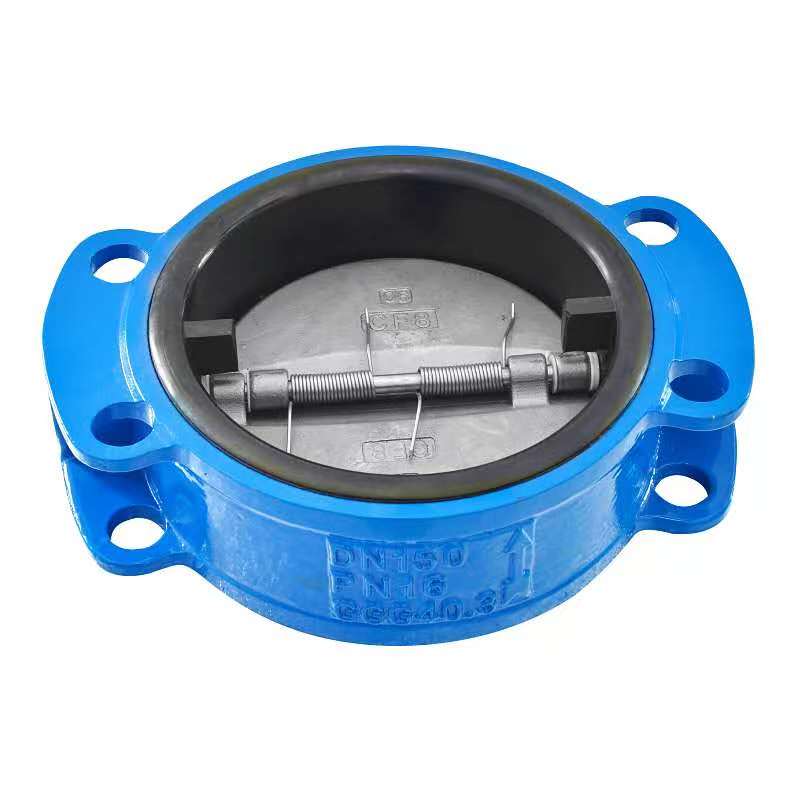
In the installation requirements, different types of check valves have different requirements for installation positions. The lifting type is generally installed in horizontal pipelines, the swing type is not restricted, and the butterfly type is installed in vertical pipelines. The flow direction of the medium should be from bottom to top. The installation direction must be consistent with the direction of the valve body arrow. The selection should consider the installation site space and choose a check valve with a compact structure and appropriate size.
In terms of performance requirements, check valves should be selected according to the sealing requirements of the system. For systems with strict leakage requirements, soft seal structure check valves with good sealing performance should be selected. For systems that are sensitive to pressure changes, choose check valves with small opening and closing pressure differentials. Long term continuous operation systems should consider the service life of check valves and choose reliable and high-quality materials.
Related News
- Can check valves prevent pump reversal
- What scenarios are check valves suitable for?
- What should I do if the check valve cannot stop the water?
- What should I do if there is leakage inside the check valve
- What are the types of check valves
- Are there any requirements for the installation direction of butterfly valves?
New Products




